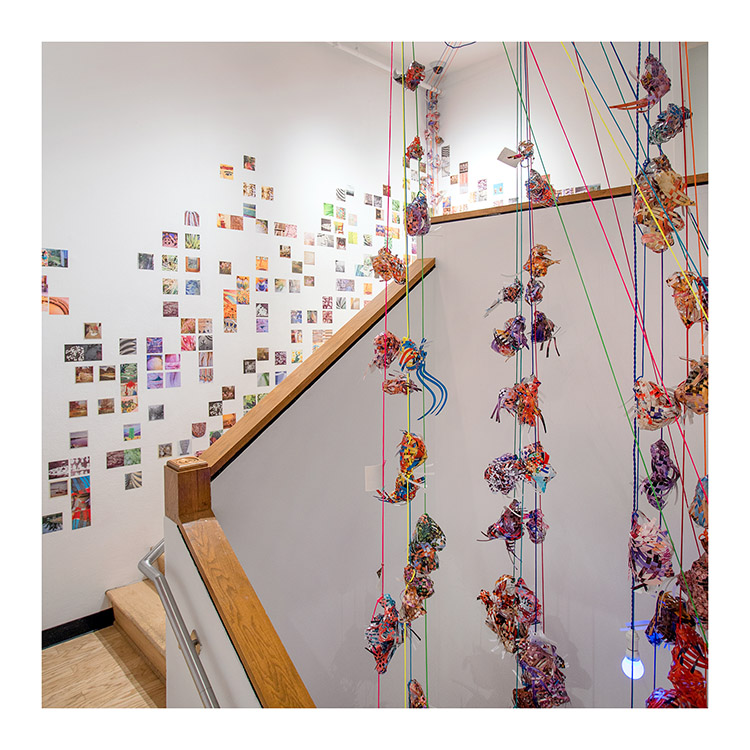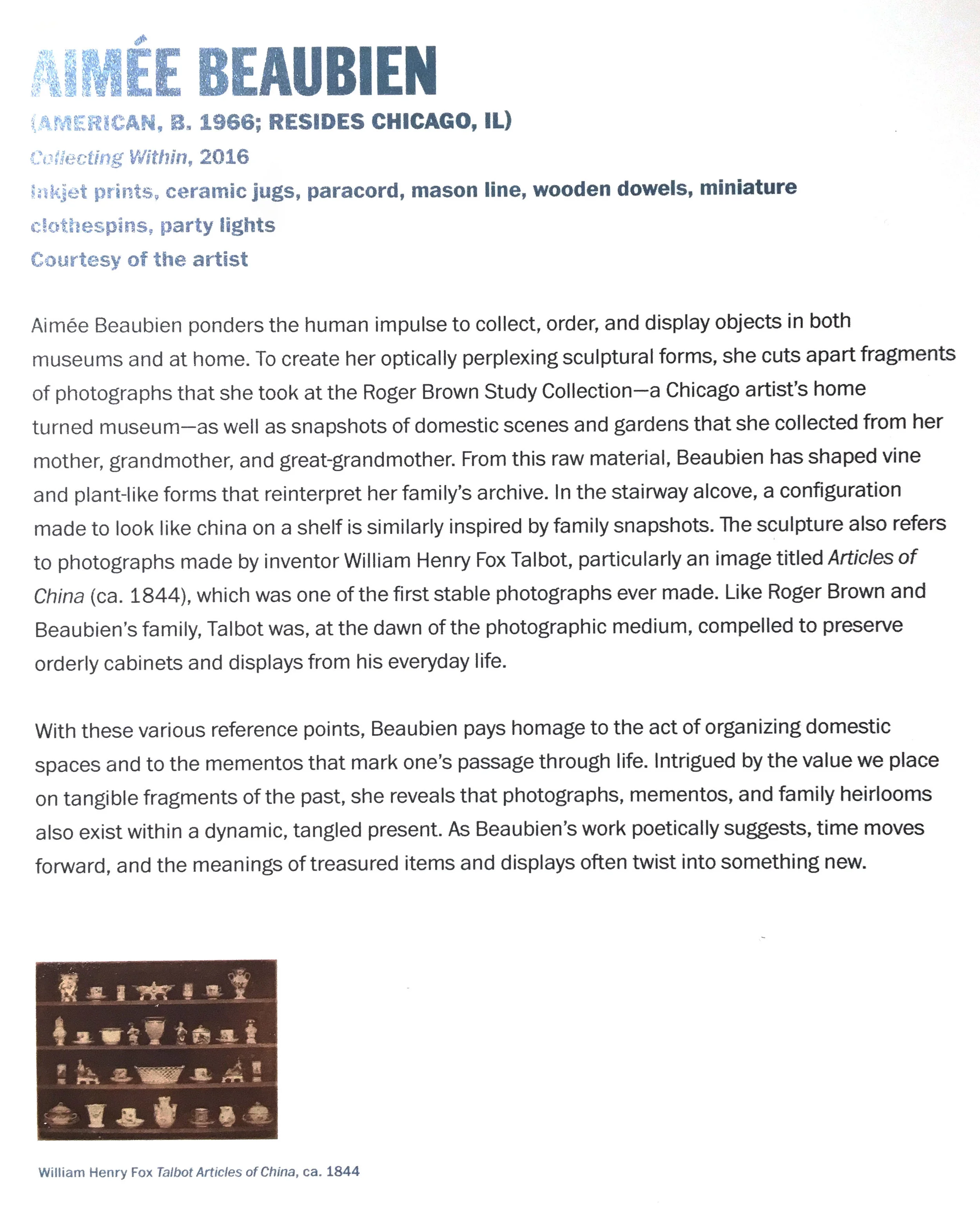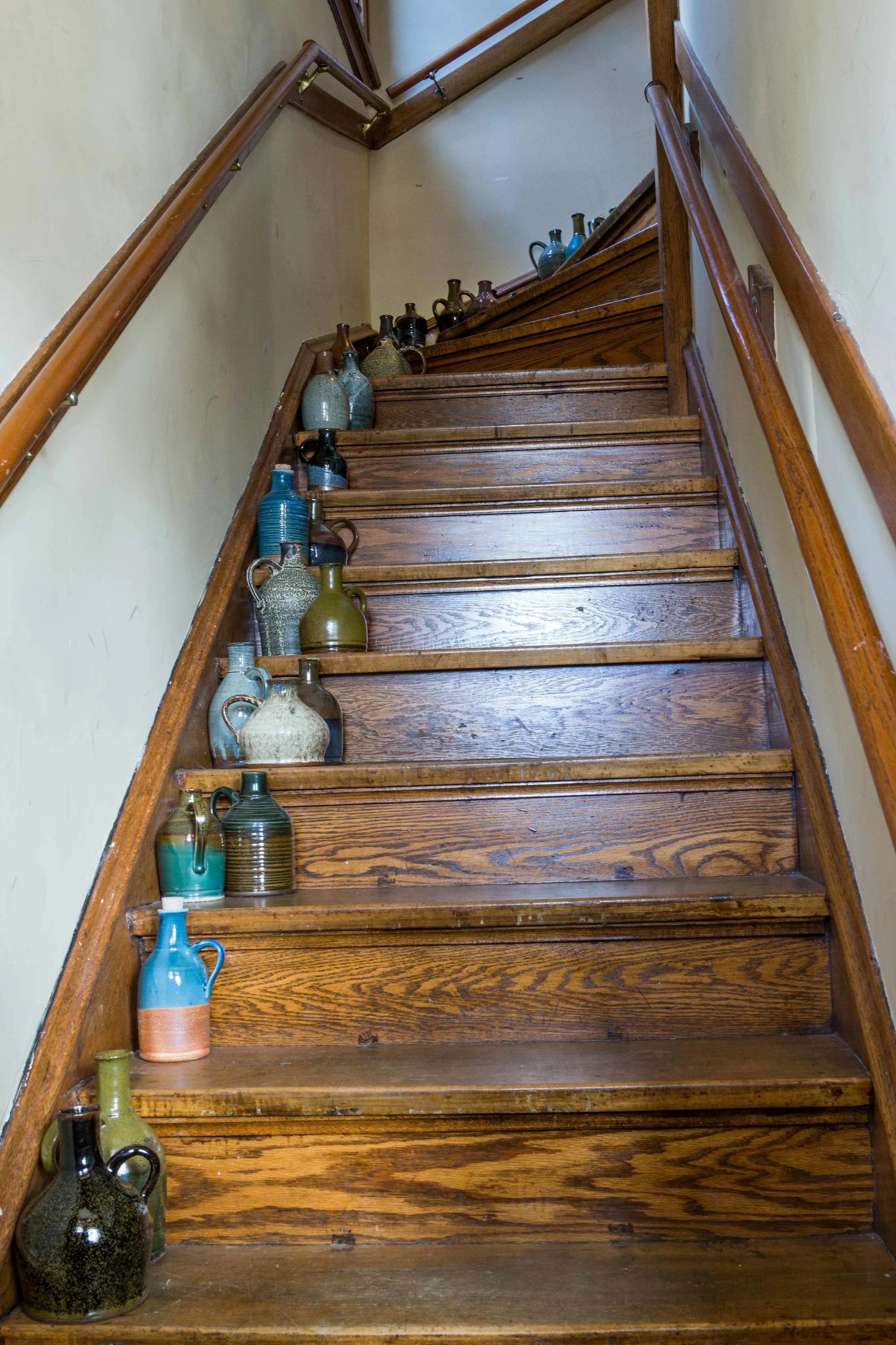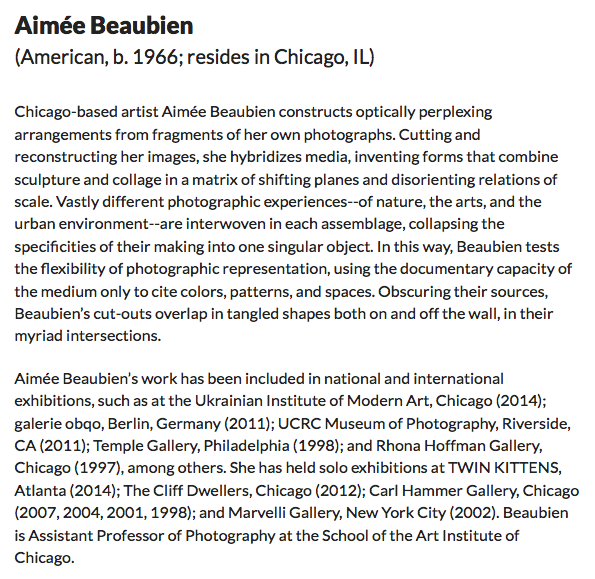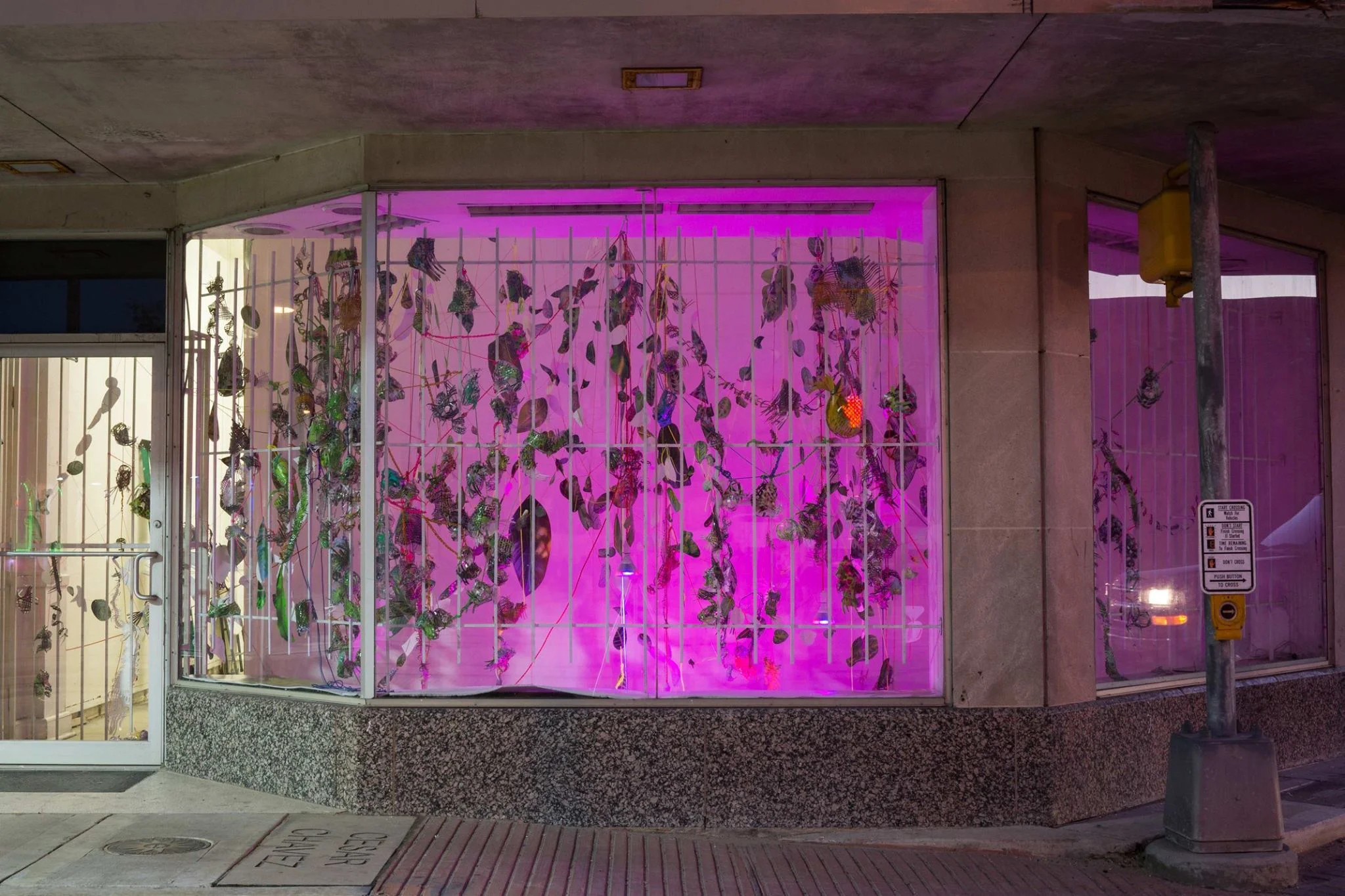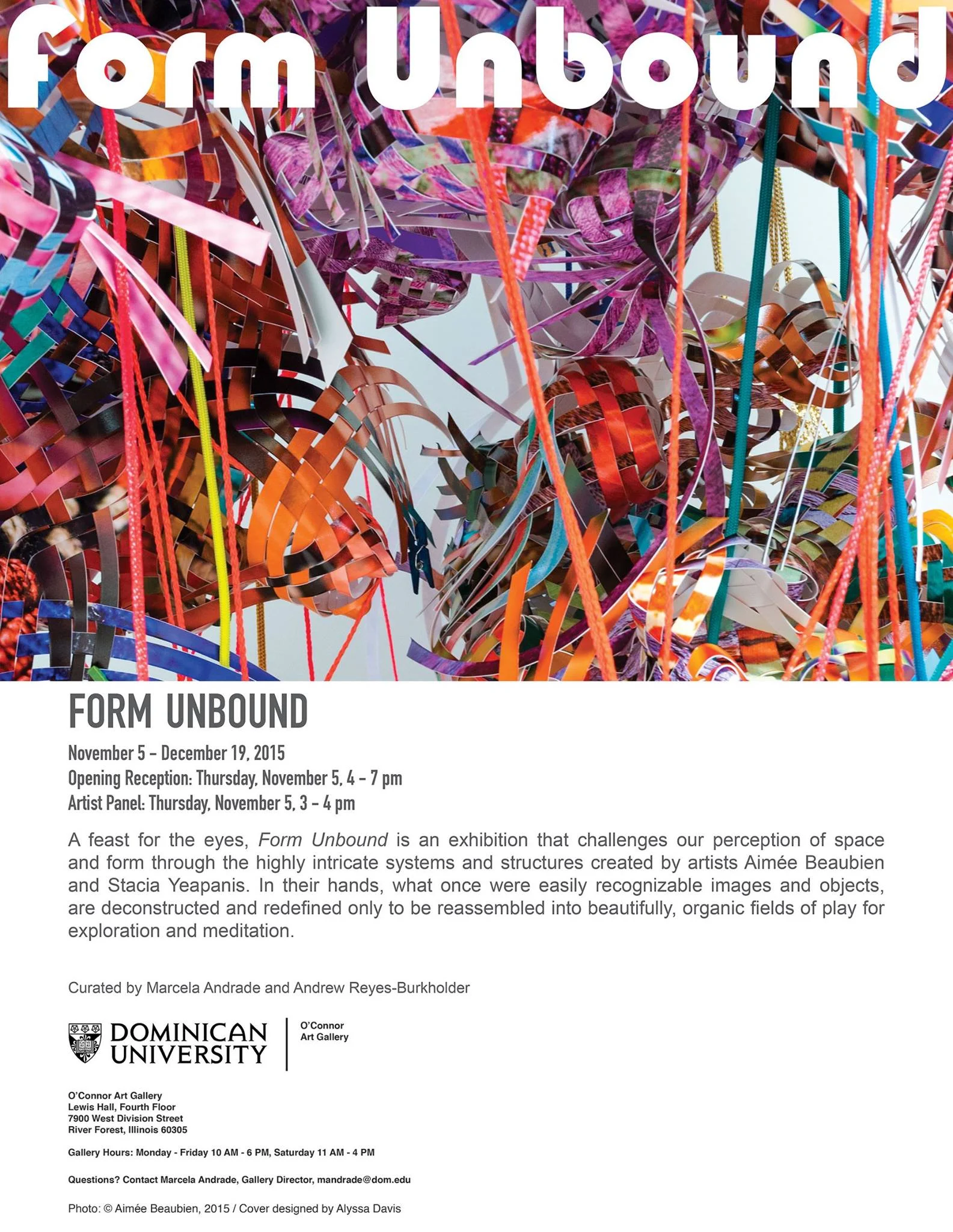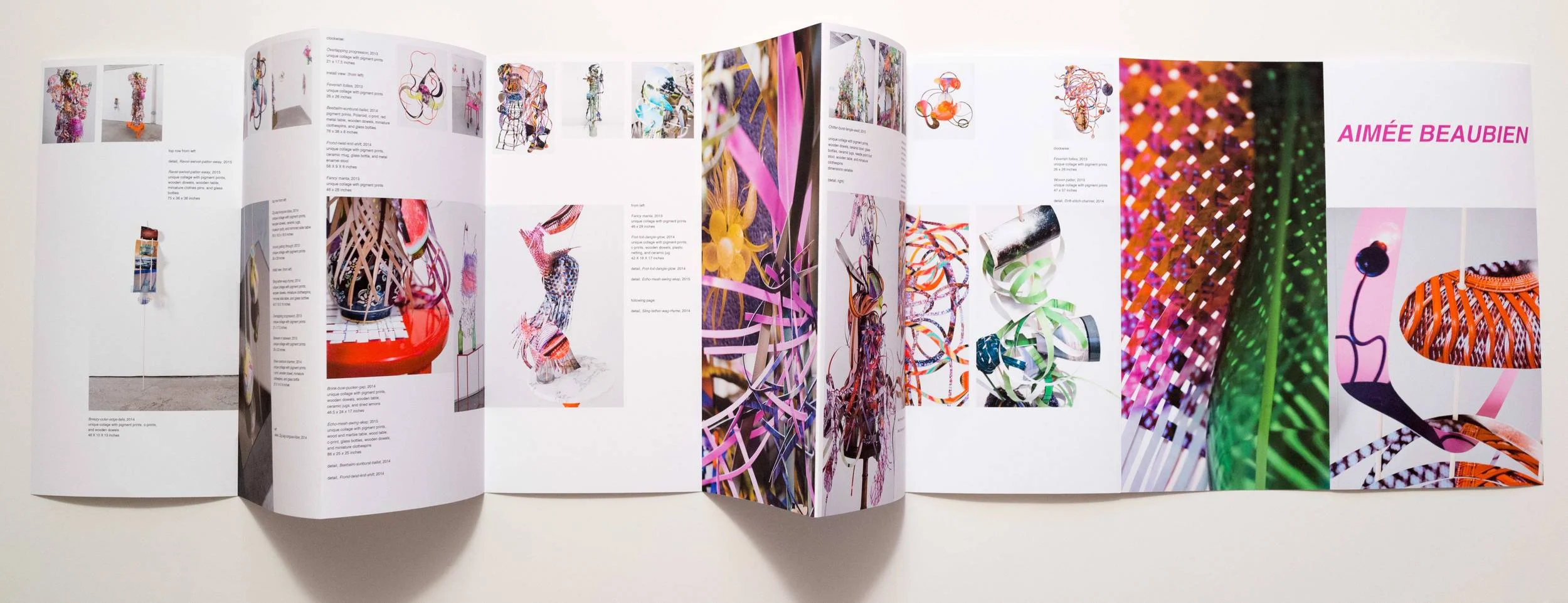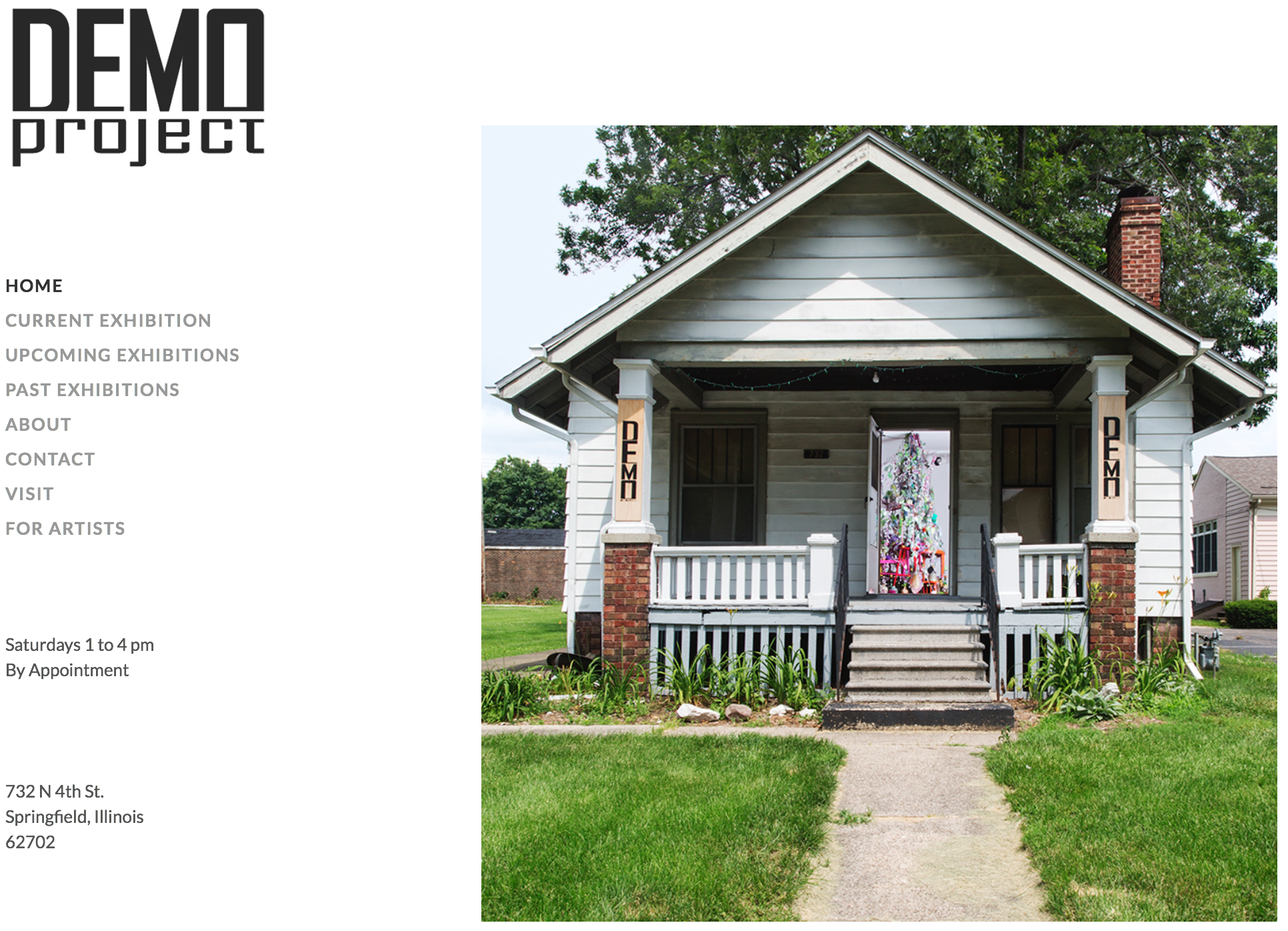FARTS is a platform for emerging artists in pursuit of their ambitions in fashion, art, and subculture. By inviting each artist to share his or her personal lifestyle, we are exploring their artistic journey – and vice versa. We envision a day when everyone can understand and accept others' perspectives and lifestyles as “different” rather than “wrong”. Until then, we will continue to cheer them on to be loud.
Can you introduce yourself and tell a little bit about your background?
Growing up I was always the new kid. It would sometimes be frustrating to explain our constant moves. In response, my dad suggested telling people he was connected to the Mafia, while my mom would harp on the great potential to reinvent ourselves.
I have since met many artists from similarly highly mobile backgrounds. Now I have been living in the same the house for six years in Logan Square and teaching in the Department of Photography at the School of the Art Institute of Chicago since 1997.
Can you elaborate on your work for us?
My work is created by physically cutting up my photographs and putting them back together in invented forms, playfully engaging the complexities of visual and visceral perception.
I have always been curious about the fragmentary nature of our lived experiences. In some part slipping in and out of so many different schools may have tuned my frequency towards observing states of flux. And as far back as I can remember I cut things up, instinctively beginning as a process of investigation. In high school I started using my camera as my primary tool to excise material from the observable world.
Now, the photographs I take continue to transform: cut fragments of my photographs are joined into sculptural constructions. In putting things together and tearing things apart, I practice performances of revision and re-imagining.
What are you trying to show by using collage?
Collage is destruction and construction, a simultaneous collapsing of time, space and place.
Photography images the world as beguiling fragments. I use photography as a way to channel different spaces of engagement into new proximities. I love to conjoin wildly different photographic experiences into a single piece. The interwoven forms that result from my interventions upend photographic expectations of foreground, background, object, subject and motion.
The physicality of my photo based constructions draws attention to visible seams that function as visual reminders of the various ways the constructed world is offered to us in pictures.
What influences on your art practice lead you to using unique collage methodology?
My earliest recollection of a collaged body was observed on my great-grandmother's refrigerator door. Gertrude Bastien's (1896-1982) eighty year old face had been cut out of a snapshot and taped to the body of a plus size model cut from an advertising environment and dressed only in control top panty hose. Her charged self-image effectively designed to control her appetite has continued to entertain my engagement with restructuring photographic bodies.
As I studied the rich history of collage, montage and cutups my commitment to investigating how far I could push photographic material around intensified. In the act of seeing we string images together. Sampling, mixing and remixing are woven throughout our daily experiences. I grew up heavily influenced by the Pictures Generation. Their use of photography opened my eyes to the fluidity of images. I am thrilled to discover so many different ways artists use photography.
We want to know more about your image collection process.
For me a still image is never really as static and frozen as it may appear.
Relying on our acceptance of a photograph as a record of a specific moment, I capture raw material by photographing what I encounter. This may include elements of the natural world, the biological world, or the constructed worlds of art exhibitions, craft objects, and urban environments.
In my practice, the documentary capacity of photography is used as a notational form: citing colors, patterns, spaces, and the specificities of time and place. And then in the process of working with my printed photographs, they shift from pictures of things to objects I create comprised of pictures.
Where do you usually go to collect images for your works?
I go through active image collection phases, taking my camera everywhere.
I veer away from presenting one single, static position and away from one fixed point of view. I favor conjuring forms that are a synthesis of multiple realities existing simultaneously. Practically speaking I look up, down, or closer and even closer: finding patterns in the things I photograph.
As a professor at school and an artist, is your artwork influenced by teaching.
I am influenced by the environments I move through in profound ways, as most people are. Often the specificity of that influence can be difficult to precisely account for in the moment.
The classroom is a dynamic space facilitating experimentation and under these conditions we actively engage in learning from each other. Being in a collaborative educational environment balances the hours of working alone in your studio.
I assume there are different types of students in school. Do you have an example of a challenging experience including how to communicate with students in that circumstance?
Human behavior and group dynamics are fascinating. Having taught for 18 years the challenges continue to evolve. Teaching before the information superhighway (aka the Internet) was a completely different beast. I like to think of the classroom as a work in process. In each semester and even each class I am presented with an opportunity to make adjustments and try something new.
What type of student are you?
I have a way of charting the most difficult path first. If I can make it more complicated I generally do, and you can see this reflected in the things that I make. Since I am naturally curious about other artist’s working process I studiously chase opportunities to learn more from lectures, documentaries, books and directly from fellow artists.
Do you have goals in life outside of being an artist?
Life is being an artist. Being an artist is something that never really powers off. While teaching I am actively drawing on my experiences as an artist.
Artists become fearless innovators in contemporary art by approaching interdisciplinarity with fluidity. This happens in the field of photography. What are your observations and experiences with interdisciplinarity nature of contemporary art practices?
History helps us navigate the present. I like bad reality television as much as I enjoy seeing people get whipped up about the state of contemporary art. Who can resist being seduced by perpetual declarations from painting is dead to detailed examinations of the anxieties of photography? The exciting way to engage with seemingly conflicting information is to consider everything as creative fodder.
What is your ultimate goal and direction?
Remain connected to the things that I make and in conversation with others.
If you were to represent yourself as a color, what color would you be and why did you choose the color?
Yellow. Yellow seems strong, yet hard to pin down, and sensitive to everything in it’s vicinity.



